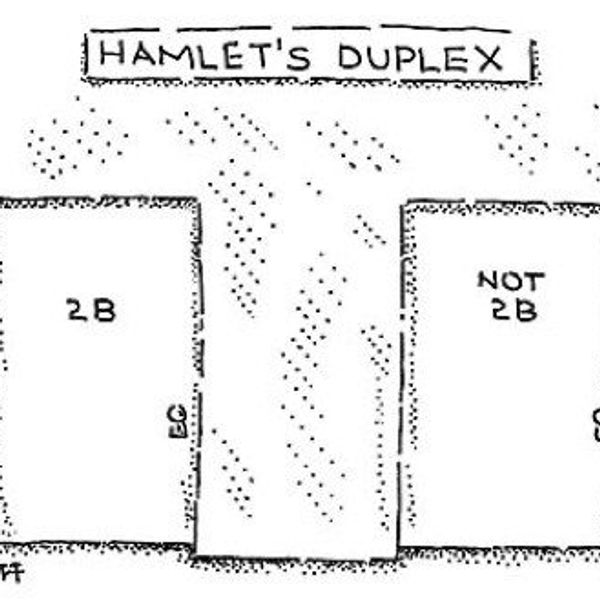If like many in our generation, you haven’t taken college economics (or even if you have), there’s a good chance you haven’t heard much about the Earned Income Tax Credit program. As a program with bipartisan support, it doesn’t get much press coverage, as we Americans only like to talk about things we disagree on.
The EITC is what’s known as a negative income tax. That is, if you have a low annual income, you receive a tax credit based on how much money you earn. Because the size of the tax credit scales with the amount of money earned, it always encourages individuals to work their hardest by incentivizing labor. Those with lower incomes and more dependents receive more for each dollar earned, but are no hard threshold income values, preventing the program from running into the trap creating threshold effect that is characteristic of welfare systems. It is for this reason that the EITC has been quite uncontroversial since its institution in 1975.
Now, the debate over the minimum wage, one of the many issues being considered this election cycle, is one that engenders a great deal of contention. Proponents of the #fightfor15 movement hold that the federal government should increase its minimum wage requirement from $7.25 to $15, arguing that the current federal minimum wage is not enough to live on. Others (myself included) disagree, arguing that the increase would place an undue burden on businesses. An increase in the federal minimum wage from $7.25 to $15 would be a proportional increase 3.4x greater than any single increase made to the real federal minimum wage in the last fifty years (source). While I agree that $7.25/hr is not enough to support oneself, I believe that there are much more effective ways to solve this problem.
The origin of the present minimum wage problem lies in the demographic change of minimum wage earners. When the minimum wage was set in place by the Fair Labor Standards Act in 1938, the typical minimum wage earner was either a teenager looking to make some extra money or an underemployed wife looking to supplement her husband’s income. Nowadays, many of those that work minimum-wage jobs are family breadwinners. The minimum wage wasn’t initially meant to be able to fully support an individual, much less a lower-class household.
Even today, less than one-third of minimum wage workers belong to families living below the poverty line. An across-the-board minimum wage increase would affect both these people, who we are concerned about, and the teenagers and such, who we are not. Raising the minimum wage in such a way would place a sizable burden on firms who rely on minimum-wage labor, and only a small portion of that additional burden would be serving the purposes of assisting the impoverished. One might suggest implementing a higher minimum wage for those with dependents or those below the poverty line, but this would have a negative impact as it would discourage firms from hiring those who most need the jobs.
Instead, if something absolutely must be done (and the extent to which the federal government should be involved in private labor markets is another question for another day), I would rather the government levy a small tax on firms (scaling with the number of hours worked by minimum wage employees and equal to one third the additional cost that would be incurred by the company if the minimum wage was raised) and use that additional government revenue only to supplement the Earned Income Tax Credit Program. In this case, those who are receiving EITC benefits should see the same increase in net income while a much smaller burden is placed on the firms hiring them.





















